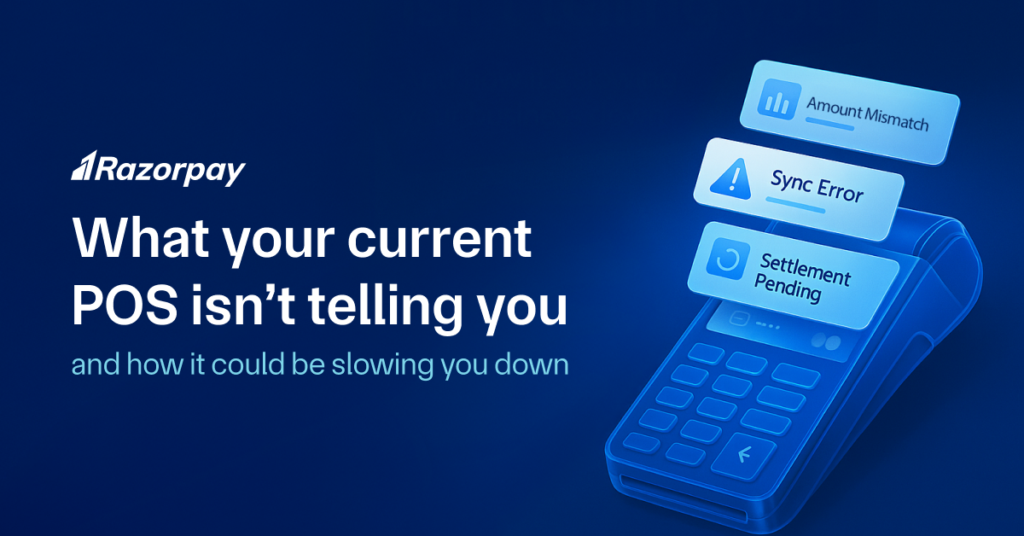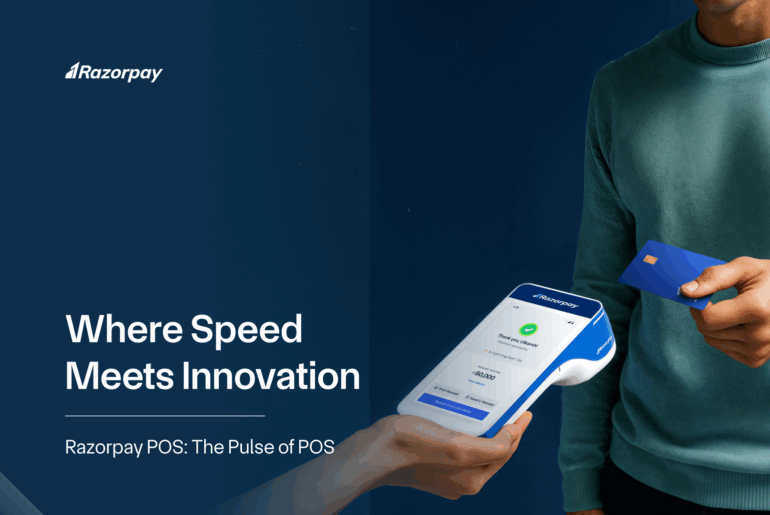If you’re running a retail business today, chances are your POS system feels… familiar. It does the basics- collects payments, prints receipts, maybe even gives you basic insights in a dashboard. But here’s the thing: just because your POS is working doesn’t mean it’s working for you.
Without a modern POS system, businesses often end up dealing with silent inefficiencies- losing out on sales, time, and insights. Here’s what those hidden costs really look like:
When EMI Options Come in Too Late
Most POS systems only display EMI offers after the card is inserted. Seems fine until you consider how purchase decisions are actually made.
In high-value purchases, customers often compare a few products. The final choice hinges on affordability. If EMI options show up only at the end, it creates friction. The customer might feel stuck, take longer to decide, or worse- walk away.
It’s not always about affordability, it’s about transparency and variety. When customers can’t explore EMI plans and brand offers upfront, they drop off at the last stage.
How it gets better: Razorpay’s Catalog on EMI² lets you show all active Bank, Brand, No-Cost EMI and discounts across a wide network of banks before a purchase decision has been made and before the customer hands you their card- turning last-mile friction into faster conversions.
Reconciliation That’s Too Manual (or Too Complex)
Finance teams often juggle spreadsheets, download reports, and match transactions line by line. It gets worse when your business accepts multiple payment modes or works with various aggregators. Some even write Python scripts just to reconcile data. But why all this hassle?
How it gets better: With Razorpay Recon, you get a fully customisable engine that automates reconciliation across POS, online PGs, your billing system, and bank reports. It flags mismatches, simplifies audits, and can cut manual effort by up to 80%, built to fit the logic of your business.
Bills That Stop at the Checkout
A printed receipt ends the sale. A digital bill keeps it going.
Customers now expect digital-first experiences. Stopping at the printer means missing out on feedback, remarketing, or post-purchase nudges.
How it gets better: BillMe is more than just digital billing- it’s a customisable marketing tool. Send invoices embedded with NPS surveys, embed inks, product suggestions, and more. Every bill becomes a brand touchpoint. And best of all? You have access to purchase behaviour data that can be used to better your business.
Handling Foreign Cards? It Could Be Smoother
International cards work on your POS but without Dynamic Currency Conversion (DCC), the experience is clunky. Customers may ask: “Will I be charged in INR or my currency? What’s the rate?”
How it gets better: Razorpay’s DCC shows international customers, in real-time, exactly how much they’ll pay in their home currency, while you get settlements in INR. No surprises. No friction.
One Settlement. Multiple Headaches.
If you operate across departments, brands, or franchise models, lump-sum settlements to one account create confusion. Manual routing and post-hoc calculations follow.
How it gets better: Split Settlement by Razorpay auto-directs parts of each transaction to different bank accounts based on your rules- be it brand commissions, internal splits, or vendor payouts. Clean books from Day 1.
When Your POS and Billing Don’t Talk
You’ve got a billing system. You’ve got a POS device. Maybe even a store app. But they often exist in silos. This creates data mismatches and delays in reconciliation.
How it gets better: POS Bridge connects your billing software with your POS device and customer-facing platforms ensuring item-level data flows seamlessly. That means one source of truth across systems and faster reporting.
It’s Not Just About Payments Anymore
Your POS system is no longer just a machine that swipes cards. It’s a gateway to customer loyalty, operational efficiency, and financial clarity.
Upgrading doesn’t always mean replacing your hardware, it means enabling smarter tools that plug into your existing systems and solve for real-world inefficiencies. Because in retail, the smallest friction at checkout or in your back office can lead to the biggest hidden costs.


